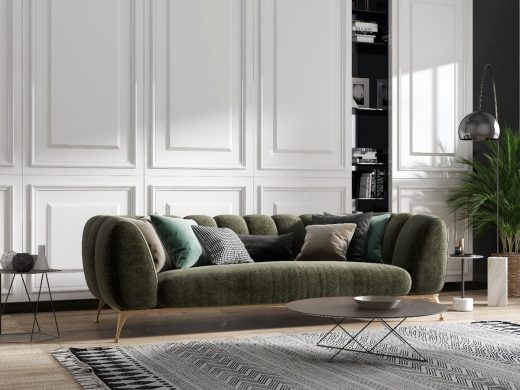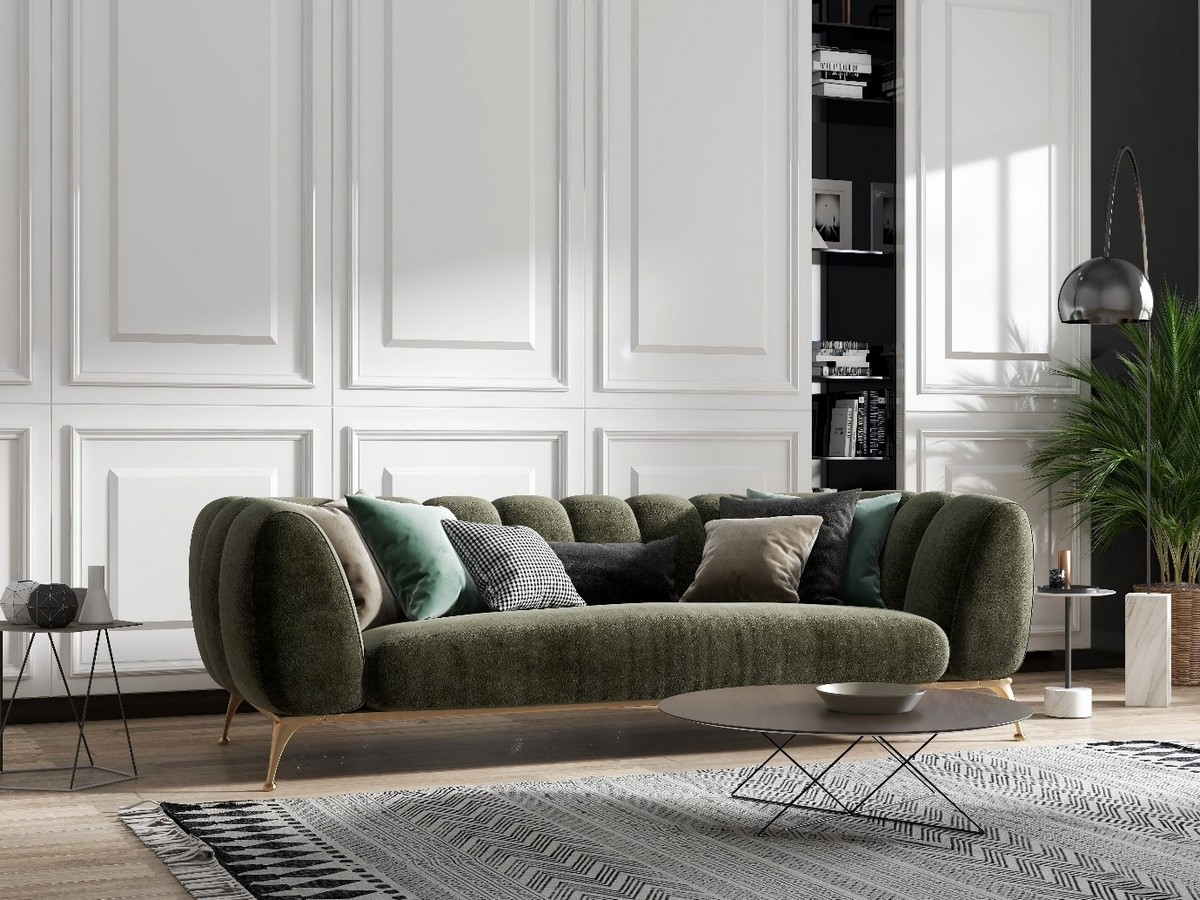Interior design: art, career, and compensation guide, Urban landscape and building designers
Interior Design: Art, Career, and Compensation
9 Sep 2023

image by Jason Wang on Unsplash
Interior Design: Art, Career, and Compensation
Interior design is a blend of art and science that aims to beautify the inner spaces of a building to produce an environment that is both aesthetically pleasing and functional. The objective is to use space optimally, offering both visual appeal and practical utility. Whether the focus is a house, an office, or a retail outlet, the design should resonate with the desired ambiance and cater to specific user needs.
Interior designers are the linchpin in this creative process. They not only craft the design concept but also ensure its feasibility in terms of functionality, safety, and accessibility. Beyond aesthetics, interior design encapsulates functionality and ergonomics. It contemplates spatial flow, furniture orientation, and component layout. The lighting element is pivotal as it profoundly shapes a room’s mood.
Environmental consciousness is becoming increasingly integral to interior design. Materials are chosen with an emphasis on sustainability and eco-friendliness. Furthermore, acoustics, thermal comfort, and air quality are all factored in to amplify occupant well-being.
In essence, interior design is a diverse field converging creativity, technical expertise, and problem-solving prowess. It enriches lives by morphing ordinary spaces into breathtaking ones, mirroring the user’s personality and demands.
Are you interested in pursuing a career as an interior designer? Here’s a step-by-step pathway to help you get started:
- Research and Knowledge Acquisition: Immerse yourself in the world of interior design. Explore and understand different aspects such as colour palettes, spatial planning, and various design styles. Study the works of renowned designers and keep yourself updated with the latest industry innovations and trends.
- Formal Education: While not mandatory, obtaining a structured educational background in interior design can give you a competitive edge. Consider enrolling in relevant courses or pursuing a degree to enhance your skills and knowledge.
- Hands-on Experience: Gain practical experience by securing internships or junior roles at design agencies. Real-world exposure will provide invaluable insights and help you develop essential skills needed in the field.
- Portfolio Development: Your portfolio serves as a visual representation of your skills and abilities. Regularly update it with your best work, showcasing your versatility and design prowess. This will impress potential clients and employers.
- Networking: Building relationships and connections within the design industry is crucial. Network with fellow designers, architects, and contractors to expand your professional circle. Attend industry events, join online communities, and engage in relevant discussions to establish meaningful connections.
- Continuous Learning: Interior design is a constantly evolving field. Stay updated with the latest trends, technologies, and design techniques. Attend workshops, seminars, or online courses to enhance your knowledge and skills.
- Client Acquisition: As you gain confidence and experience, focus on acquiring clients. Leverage word-of-mouth referrals, utilize digital marketing strategies, and establish an online presence to showcase your work and attract potential clients.
- Efficient Project Management: Master the art of multitasking and adhere to deadlines. Effective communication with clients, suppliers, and contractors is crucial for successful project management. Develop strong organizational and problem-solving skills to ensure smooth project execution.
- Specialization: Consider carving out a niche for yourself within the interior design industry. Specializing in a particular style, area, or client base can help differentiate your offerings and attract specific target audiences.
- Stay Inspired: Continuously seek inspiration from various sources such as design magazines, websites, art exhibitions, and nature. Challenge yourself to push creative boundaries and explore new design concepts. This will keep your work fresh, innovative, and exciting.
Remember, becoming an interior designer is a journey that requires dedication, continuous learning, and a passion for creating beautiful and functional spaces. Good luck!
What Do Interior Designers Earn?
The earning spectrum for interior designers is broad and influenced by various factors such as experience, location, project nature, and the designer’s industry reputation.
For beginners in the field, the expected annual income typically falls within the range of $35,000 to $50,000. As interior designers gain more experience and build a flourishing portfolio, they can command significantly higher salaries, with some earning over $100,000 annually.
The location of the designer also plays a role in determining their earnings. Metropolitan areas, known for their bustling design industries and high-end clientele, generally offer higher remunerations compared to rural zones.
In addition to experience and location, the type of projects undertaken can greatly impact an interior designer’s earnings. High-end assignments, such as luxury hotels or opulent residences, often promise heftier paychecks due to the level of detail, complexity, and prestige associated with such projects.
While base salaries form the core of an interior designer’s earnings, it is worth noting that additional income streams exist. Some designers may charge clients on an hourly basis, while others may adopt a project-centric fee model. Bonuses and commissions based on project success or client satisfaction can also contribute to the overall earnings of interior designers.
Achieving success in the world of interior design is primarily driven by a deep passion for the craft, unwavering commitment, and boundless creativity. It is a dynamic field that demands constant evolution and adaptation to stay ahead of the latest trends. A skilled interior designer possesses a discerning eye for detail, impeccable aesthetics, and an innate ability to transform spaces into captivating environments.
The demand for talented interior designers remains ever-present as there will always be spaces in need of transformation. For those willing to invest their efforts and continuously refine their skills, the opportunities and rewards are virtually limitless. Whether it’s creating stunning residential interiors that reflect the unique personalities of homeowners or designing awe-inspiring commercial spaces that leave a lasting impression, interior design offers a world of possibilities to explore and leave your mark upon. So, seize each opportunity, embrace the challenges, and let your creativity flourish in this captivating realm of design.
Comments on this guide to Interior design: art, career, and compensation article are welcome.
Interior Design
Interior Design Posts
Perfect interior style home design
Incorporating art deco elements in interior design
Building Articles
Residential Architecture
Comments / photos for the Interior design: art, career, and compensation advice guide page welcome





